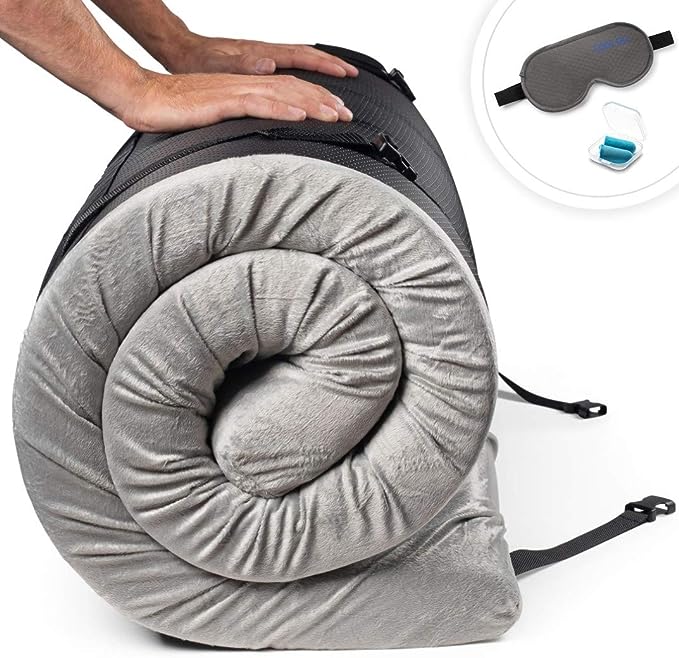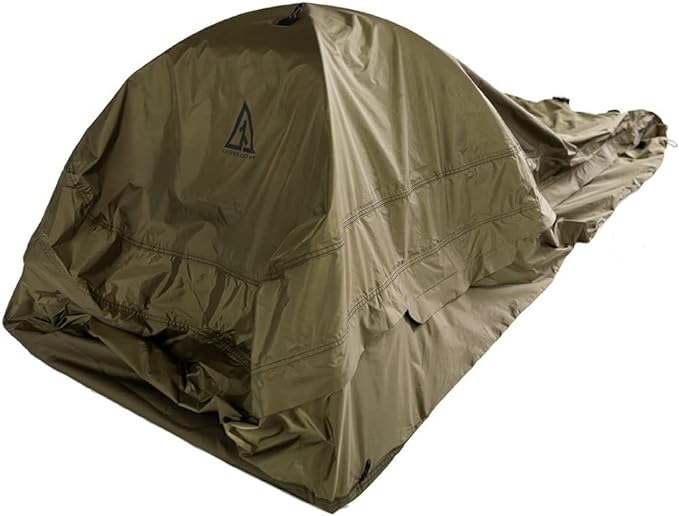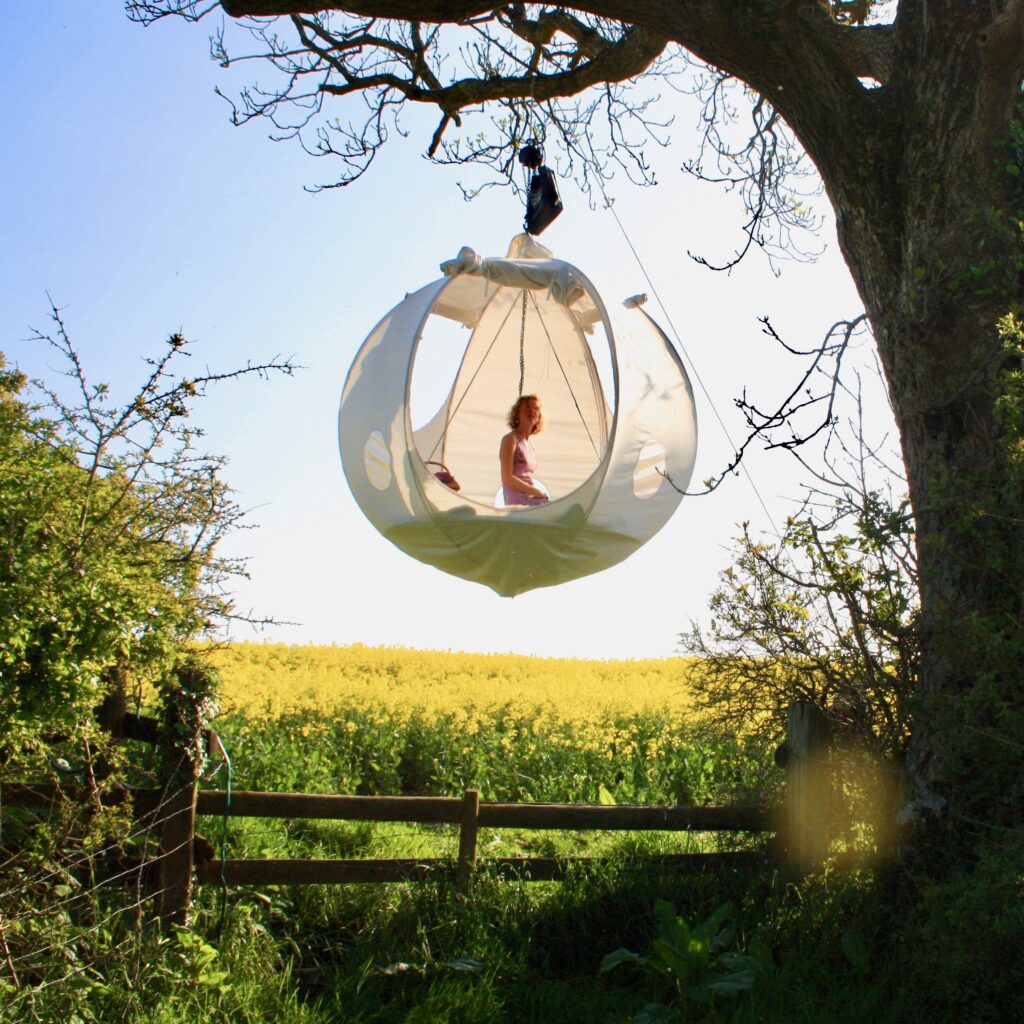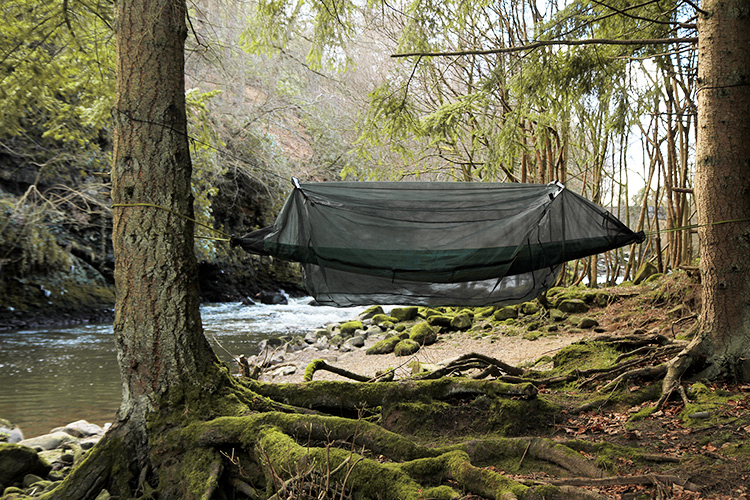In the embrace of the great outdoors, the humble camp bedroll has undergone a remarkable transformation. Once a simple blanket rolled out under the stars, it has evolved into a sophisticated piece of camping gear that brings the comforts of home to the wild. This evolution has been driven by the desires of campers to blend the rawness of outdoor life with the coziness and warmth they are accustomed to. Today’s bedrolls are not only lightweight and portable, but also come with built-in insulation and cushioning, marrying convenience with comfort.
How to Choose the Best Bedroll for Your Camping Adventure
Selecting the best camp bedroll for your adventure can be a daunting task given the plethora of options available. Consider the climate of your destination first. For chilly environments, a bedroll with ample insulation is paramount. Next, think about the terrain. A rugged, waterproof bottom layer will serve you well on uneven or damp ground. Portability is another key factor; a bedroll should be compact and easy to carry, especially for backpackers. Lastly, personal comfort preferences play a role – some campers might prefer extra padding, while others might opt for a minimalist approach.
The Badger Bed: A New Era of Modular Sleep Systems

The Badger Bed symbolizes the pinnacle of bedroll innovation. Launched recently, it redefines the modular sleep system by integrating a sleeping pad, sheets, and quilts into a protective shell. This system is not just about warmth and comfort; it is designed for resilience against the elements. It represents a new era where the bedroll is no longer just a piece of sleeping equipment but a comprehensive sleep solution tailored for the intrepid explorer.
Essential Features of a Top-Quality Camp Bedroll
A top-quality camp bedroll should have several essential features. Durability is a must – it should withstand the wear and tear of camping life. Insulation is critical for warmth, and a moisture-resistant layer will protect against dampness. The materials used should balance lightness with robustness, and the design should allow for quick and easy setup. Additional features might include pockets for personal items and built-in pillows for added convenience.
Bedroll Basics: What Every Beginner Camper Needs to Know
For beginners, understanding the basics of a camp bedroll is crucial. It is the foundation of a good night’s sleep outdoors. Start with identifying the right bedroll for the season – a summer bedroll is different from a winter one. Learn the proper way to roll or fold your bedroll for maximum space efficiency. It’s also beneficial to practice setting up and packing down your bedroll at home before you head out. Familiarity with your gear will make your camping experience smoother and more enjoyable.
The Ultimate Guide to Bedroll Camping
Bedroll camping is an art that combines the appreciation of nature with the skill of outdoor living. To excel at it, one must be adept at choosing the right spot – flat, sheltered, and scenic. Understand how to use the terrain to your advantage; for instance, a slight incline can help with comfort and drainage. Master the maintenance of your bedroll; keeping it clean and dry will extend its life and functionality. Embrace the simplicity that bedroll camping offers and immerse yourself fully in the natural world.
Packing Smart: Bedrolls for Lightweight Camping
Embarking on a wilderness adventure calls for meticulous planning, especially when it comes to packing. For campers who prefer to travel light, a camp bedroll emerges as an indispensable ally. Unlike traditional camping gear, a bedroll consolidates your sleeping essentials into a single, portable bundle. This ingenious solution simplifies your packing list, allowing you to carry more water, food, or even that extra pair of socks you might need after a long day of hiking.
Why a Bedroll is a Camper’s Best Friend
Moreover, the camp bedroll is a versatile choice for any outdoor enthusiast. Whether you’re trekking solo across mountain trails or enjoying a weekend getaway at a local park, the bedroll adapts to your needs. It’s quick to unfurl and, with minimal setup, provides a comfortable sleeping surface that shields you from the cold, hard ground. This simplicity and ease of use make the bedroll not just a practical choice, but a camper’s best friend.
The Trekroll: Revolutionizing Comfort in Camping
Continuing with innovation, the Trekroll is redefining what we expect from outdoor sleeping gear. This trailblazing camp bedroll combines portability with unparalleled comfort. With its built-in sleeping pad and temperature-regulating materials, the Trekroll ensures a restful sleep, vital for replenishing energy levels for the next day’s activities. It stands as a testament to how modern technology can enhance our connection with nature without compromising on comfort.
Camp Bedrolls: Balancing Durability and Comfort
Nevertheless, finding the right balance between durability and comfort can be challenging. A robust camp bedroll must withstand the rigors of the outdoors—moisture, rough terrain, and frequent use—while still providing a snug, restorative sleeping environment. High-quality bedrolls are crafted from materials that repel water and resist tears, all while cradling you in a cocoon of warmth and softness.
Sleeping Under the Stars: Bedroll Setup Tips

Setting up your camp bedroll under the vast, starlit sky can be magical. To enhance this experience, select a flat, sheltered area to lay your bedroll. Use a groundsheet beneath it for extra insulation and protection. Tightly roll out your bedroll to avoid creases that could be uncomfortable. If you anticipate cooler temperatures, position the bedroll so that it captures the morning sun, warming it up for when night falls again.
Integrating a Sleeping Pad, Sheets, and Quilts into Your Bedroll
Finally, for an even more luxurious slumber, integrate a sleeping pad, sheets, and quilts into your camp bedroll. A sleeping pad provides a buffer from the ground, sheets offer a touch of homey comfort, and a quilt can be adjusted for temperature control. This combination promises a restful night’s sleep, ensuring you wake up rejuvenated and ready to embrace the day’s adventures.
The Pros and Cons of Different Camp Bedroll Materials
When selecting a camp bedroll, the material is as crucial as the destination of your camping trip. Traditional materials like wool and canvas have stood the test of time due to their durability and natural insulation properties. Wool, especially, retains warmth even when wet, making it a valuable ally against the elements. However, it’s heavy and can be cumbersome for backpackers. Canvas is similarly tough but shares the same drawback in terms of weight and bulk.
Modern materials like synthetic fills and nylon offer lighter, more compact alternatives. Synthetics provide excellent insulation, dry quickly, and are hypoallergenic. Nylon is praised for its resistance to water and abrasion, making it a long-lasting choice. Nevertheless, these materials can be less breathable than natural options, and some may find them less comfortable against the skin.
Camp Bedroll Maintenance: Keeping Your Gear in Top Shape
Maintenance is key to extending the life of your bedroll. After each camping trip, it’s imperative to air out the bedroll thoroughly to prevent mildew and odors. For cleaning, always adhere to the manufacturer’s instructions—some materials may be machine washable, while others require hand washing or spot cleaning.
Regular checks for rips and tears should be part of your routine. Quick repairs can prevent minor damage from becoming major issues. Furthermore, storing your bedroll in a dry, cool place away from direct sunlight will help preserve its materials.
Space-Saving Tricks with Your Camp Bedroll
Efficiency is paramount when packing for a camping trip. Compression sacks can significantly reduce the size of your bedroll, freeing up precious space in your backpack. If your bedroll comes with straps or elastic bands, use them to tighten its rolled-up form. For those who drive to their camping locations, consider using vacuum bags to compress the bedroll and other bedding for the journey.
Maximizing Insulation in Your Bedroll for Cold-Weather Camping
In colder climates, your bedroll is your first defense against the chill. Look for options with higher R-values, which indicate better insulation. Layering is also a wise strategy—place a reflective mat beneath your bedroll to prevent heat loss to the ground. Additionally, wearing thermal clothing to bed can complement the bedroll’s insulation, ensuring a warm and restful night.
The Art of Rolling and Storing Your Camp Bedroll
There’s a finesse to rolling a bedroll that can minimize both its footprint and potential damage. Start by folding the bedroll in half or thirds, then roll tightly from the bottom up to expel air and condense the material. For storage, avoid tight spaces where the bedroll is compressed for extended periods, as this can reduce its loft and insulation capabilities over time.
Advanced Camp Bedroll Systems for the Seasoned Adventurer
For the experienced camper, an advanced bedroll system that integrates a sleeping pad, sheets, and quilts might be the next level in outdoor sleeping solutions. These modular systems provide customizable comfort and can be adapted to various conditions, from warm summer nights to frosty winter evenings. They often come with higher price tags but offer versatility and comfort that can enhance your camping experience immeasurably.
By considering the material, maintenance, storage, and insulation of your bedroll, you ensure comfort and durability in your camping gear. And for those ready to invest further, advanced systems offer a glimpse into the future of camping convenience. With these considerations in mind, your camp bedroll can provide a cozy respite no matter where your adventures take you.





